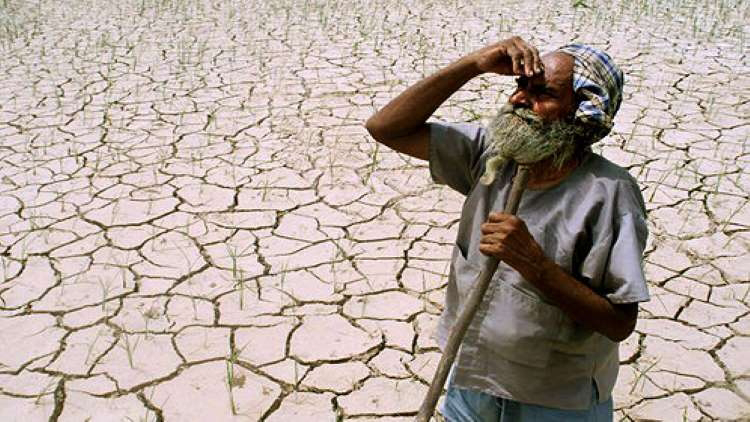Agriculture Barriers Overview
The agriculture world faces several barriers that can hinder its progress and productivity. Some of the main barriers include:
Climate change: Changing weather patterns, extreme temperatures, and unpredictable rainfall affect crop yields, water availability, and pest and disease patterns. Climate change poses significant challenges to agricultural practices, making it harder to maintain productivity and adapt to new conditions.
Limited access to resources: Many farmers, especially in developing countries, lack access to essential resources such as land, water, seeds, fertilizers, and modern technology. Limited access to these resources can restrict agricultural productivity and perpetuate food insecurity.
Lack of infrastructure: Insufficient infrastructure, such as roads, transportation systems, and storage facilities, hampers the efficient movement of agricultural inputs and outputs. This can lead to post-harvest losses, limited market access, and higher transaction costs for farmers.
Market access and price volatility: Farmers often struggle to access reliable and profitable markets for their produce. Lack of market information, price volatility, and unfair trading practices can undermine farmers' incomes and discourage agricultural investments.
Pests, diseases, and invasive species: Outbreaks of pests, diseases, and invasive species can devastate crops and livestock, leading to significant economic losses. Managing and controlling these threats requires effective surveillance, prevention, and response strategies.
Lack of knowledge and information: Farmers need access to up-to-date agricultural knowledge, training, and information on best practices. Insufficient extension services and limited dissemination of relevant information can hinder farmers' ability to adopt improved techniques and technologies.
Financial constraints: Access to credit and financing options can be limited for farmers, particularly small-scale farmers. Inadequate financial support hampers investment in modern farming practices, equipment, and inputs, which can impede productivity and hinder growth.
Policy and regulatory challenges: Inconsistent or inadequate policies and regulations can create barriers to agricultural development. Issues such as land tenure, trade barriers, subsidies, and regulatory complexities can hinder farmers' ability to operate efficiently and compete in domestic and international markets.
Urbanization and land degradation: Increasing urbanization leads to the conversion of agricultural land for non-agricultural purposes, resulting in a loss of arable land. Land degradation due to erosion, deforestation, and improper land management practices also reduces agricultural productivity.
Socioeconomic and gender inequalities: Gender disparities and socioeconomic inequalities can limit access to resources, education, and decision-making power in agriculture. Addressing these inequalities is crucial for sustainable agricultural development and ensuring equitable opportunities for all farmers.
It is important to recognize these barriers and work towards overcoming them through targeted policies, investments in research and development, improved infrastructure, capacity-building programs, and inclusive agricultural practices.


